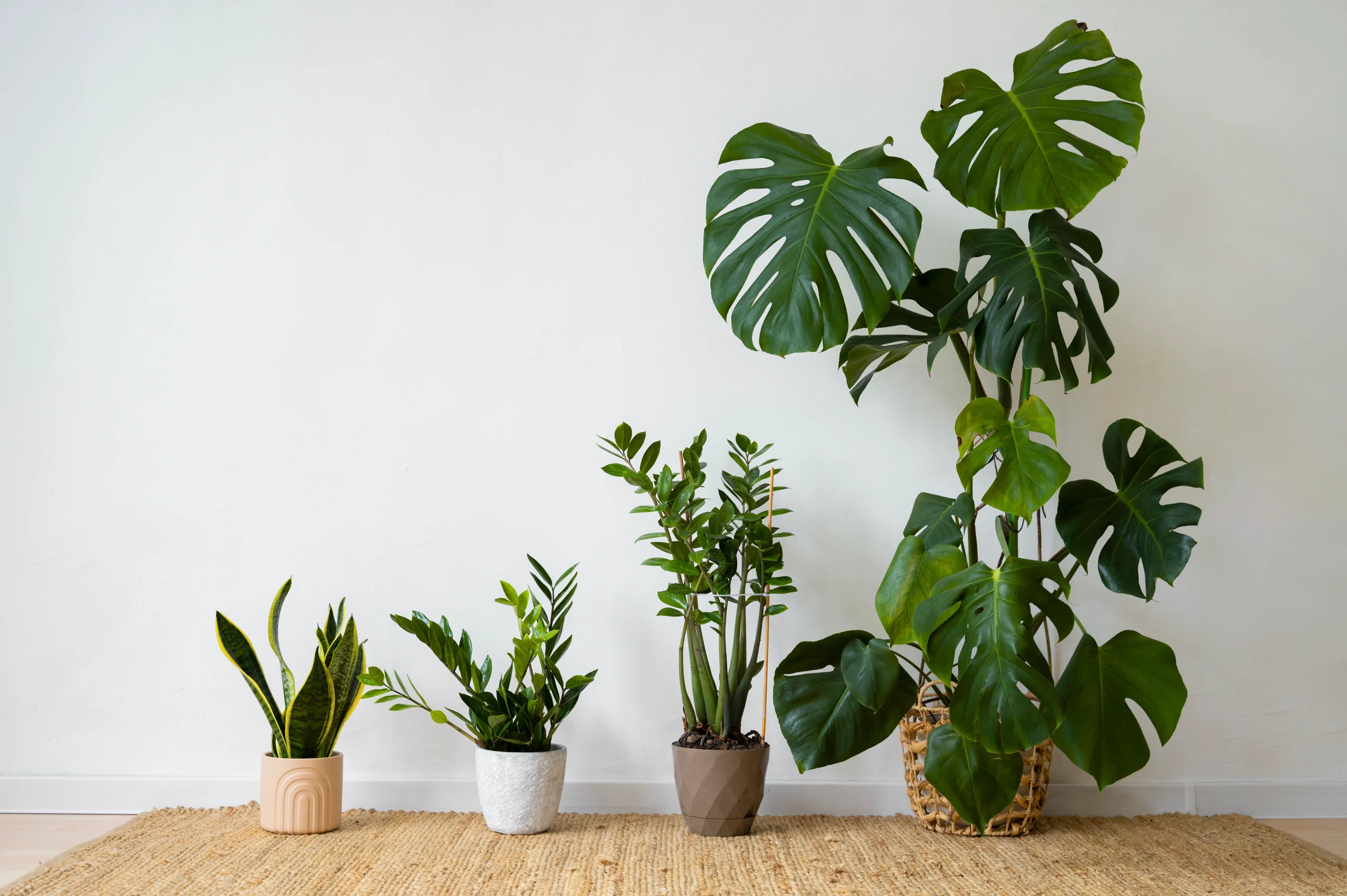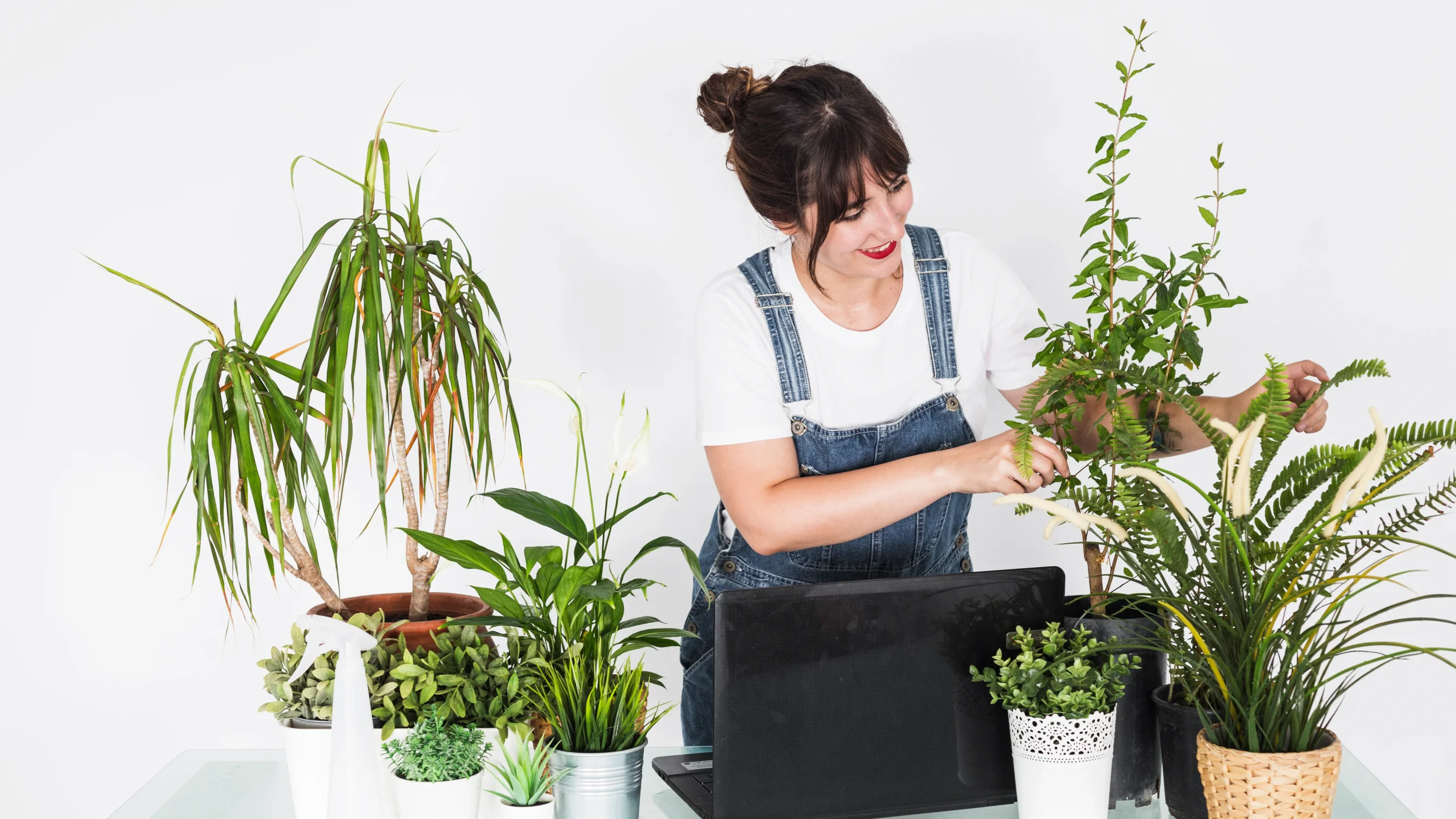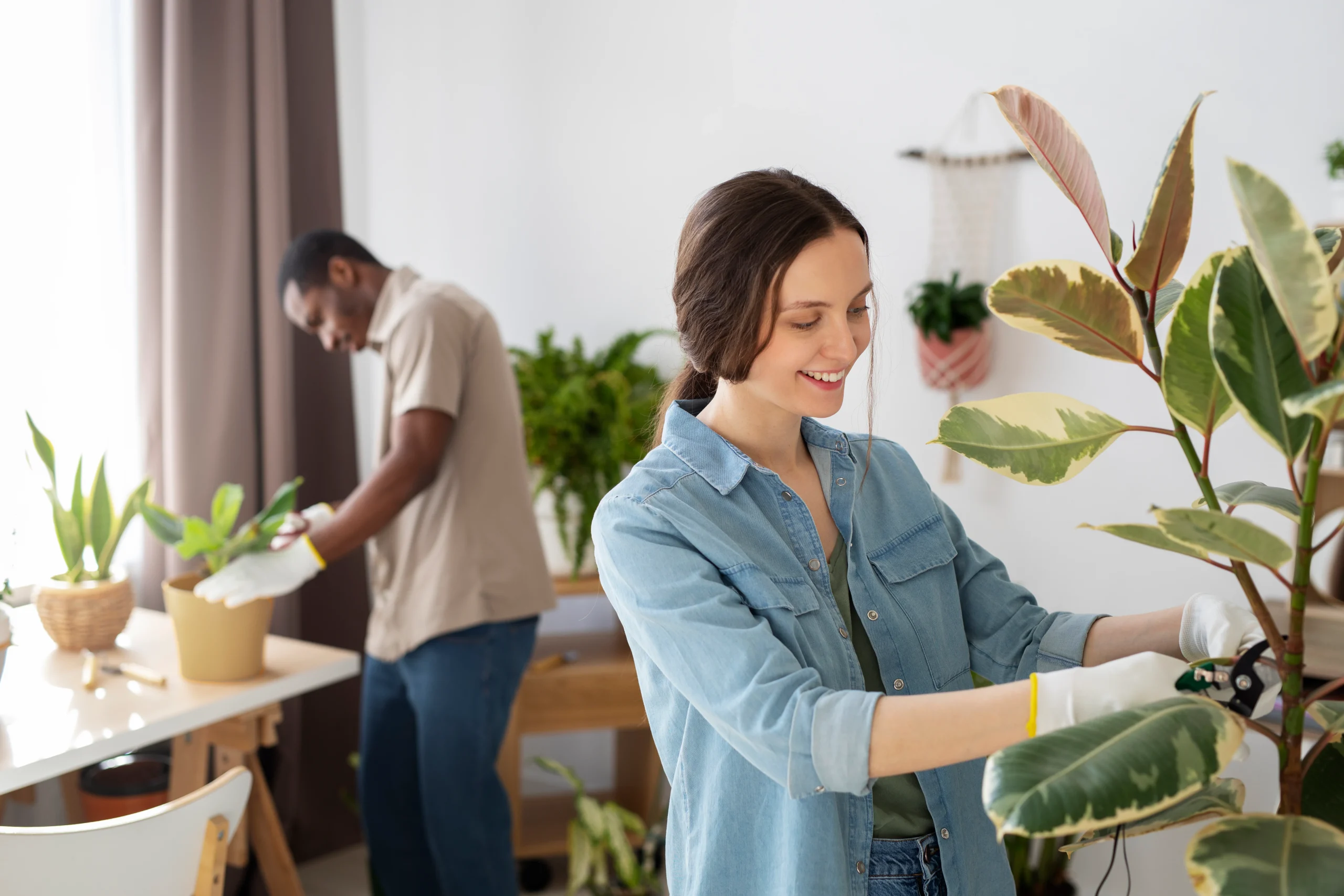Indoor plants are more than just beautiful decorations. They bring life to your home, create a soothing environment, and even help improve the quality of air you breathe every day. With increasing levels of pollution outside and the constant use of electronic appliances inside, many homes suffer from poor air quality. Thankfully, nature has provided us with the perfect solution in the form of indoor plants. Choosing the best indoor plants for air purification not only enhances your living space but also supports your overall health and well-being.
In this article, we will explore the most effective indoor plants for air purification, how they work, and why adding them to your home or office is one of the smartest choices you can make.
Why Choose Indoor Plants for Air Purification
Indoor air is often filled with hidden pollutants such as formaldehyde, benzene, xylene, and even mold spores. These toxins come from household cleaning products, furniture, synthetic fabrics, and paints. Prolonged exposure to poor air quality can lead to headaches, fatigue, and respiratory issues. Indoor plants act as natural air filters by absorbing harmful toxins and releasing fresh oxygen. This process creates a healthier environment that benefits your mind and body.
Moreover, the presence of greenery indoors reduces stress, increases focus, and creates a calming atmosphere. When you bring plants into your living space, you invite nature inside, and this simple step can transform your lifestyle in many positive ways.
Top Indoor Plants for Air Purification
Let us now look at the best indoor plants that are known for their incredible ability to clean and refresh indoor air.
1. Peace Lily
The Peace Lily is one of the most popular indoor plants for air purification. With its glossy green leaves and elegant white flowers, it adds beauty to any room. More importantly, Peace Lilies are highly effective in removing common indoor pollutants like formaldehyde, benzene, and carbon monoxide. They also increase humidity, which makes them perfect for people who struggle with dry air.
Peace Lilies thrive in low light and require minimal care, making them an ideal choice for beginners who want both beauty and functionality.
2. Snake Plant
Also known as the Mother-in-Law’s Tongue, the Snake Plant is a hardy indoor plant that requires very little maintenance. What makes it unique is its ability to convert carbon dioxide into oxygen even at night, unlike most plants that only release oxygen during the day. This makes it perfect for bedrooms, as it helps you breathe cleaner air while you sleep.
Snake Plants are excellent at filtering formaldehyde, trichloroethylene, and benzene. Their upright leaves also add a modern touch to your home décor, blending functionality with style.
3. Aloe Vera
Aloe Vera is not only known for its healing gel but also for its air-purifying properties. It effectively absorbs harmful chemicals found in cleaning products and paints, such as formaldehyde and benzene. Another great benefit of Aloe Vera is that it requires very little watering and grows well in bright, indirect sunlight.
Additionally, Aloe Vera serves as a natural remedy for burns, skin irritation, and minor cuts, making it a multipurpose plant that is both decorative and functional.
4. Spider Plant
The Spider Plant is a fast-growing, easy-to-care-for indoor plant that is excellent for air purification. Its long, arching leaves with white and green stripes make it visually appealing, while its ability to remove carbon monoxide and xylene makes it highly effective in improving indoor air.
Spider Plants are safe for pets and children, and they thrive even if you occasionally forget to water them. With their resilience and beauty, they remain one of the most recommended indoor plants for beginners.
5. Boston Fern
Boston Ferns are lush, leafy plants that act as natural humidifiers. They remove harmful indoor toxins like formaldehyde and xylene while maintaining moisture in the air. This makes them particularly useful in dry climates or air-conditioned rooms.
Boston Ferns prefer indirect sunlight and slightly damp soil. Their graceful leaves bring a touch of freshness and elegance to your living space, making them both functional and attractive.
6. Bamboo Palm
The Bamboo Palm is an excellent choice if you want a tall indoor plant that doubles as an air purifier. Its feather-like fronds add a tropical feel to your home, while it works to remove benzene, trichloroethylene, and formaldehyde from the air.
Bamboo Palms are also great at maintaining humidity levels, which is especially beneficial for homes with dry air caused by heaters or air conditioners. With the right care, they grow into beautiful indoor trees that transform your space into a green oasis.
7. Rubber Plant
The Rubber Plant is a powerful toxin remover and one of the best indoor plants for air purification. Its large, dark green leaves absorb harmful chemicals and release clean oxygen, improving the air quality inside your home.
Rubber Plants are also very hardy, making them suitable for people who may not have much time for plant care. They thrive in bright, indirect light and need occasional watering. With their elegant appearance, they are both a design statement and a health booster.
8. Areca Palm
Known for its graceful, feathery fronds, the Areca Palm is another excellent indoor plant for air purification. It is particularly effective in removing toxins like formaldehyde, xylene, and toluene. It also functions as a natural humidifier, releasing moisture into the air and helping to keep your skin and respiratory system healthy.
Areca Palms grow well in indirect light and require moderate watering. Their tropical beauty makes them a perfect addition to living rooms and offices.
How to Take Care of Indoor Plants
While indoor plants are generally easy to maintain, they still need proper care to thrive and continue purifying your air. Here are some essential tips:
- Place them in spots with adequate indirect sunlight.
- Water them regularly, but avoid overwatering as it may cause root rot.
- Dust the leaves occasionally so that they can absorb toxins efficiently.
- Use organic fertilizer every few months for healthy growth.
- Rotate the plants to ensure even exposure to light.
By following these simple steps, your indoor plants will remain healthy and effective in improving air quality.
Benefits of Having Indoor Plants Beyond Air Purification
The advantages of keeping indoor plants go far beyond just cleaning the air. Studies have shown that people who live with greenery around them experience reduced stress, better productivity, and improved concentration. Indoor plants also enhance mood and create a calming atmosphere, making them perfect companions for modern living.
Whether you work from home, study, or simply want a peaceful space to relax, adding plants can bring a significant change to your overall lifestyle.
Final Thoughts
In today’s fast-paced world, finding natural ways to improve your environment is more important than ever. The best indoor plants for air purification not only make your home look beautiful but also ensure that you and your family breathe cleaner, healthier air. From Peace Lilies to Snake Plants and Aloe Vera, these green companions are a simple yet powerful way to enhance your well-being.
Investing in indoor plants is investing in your health, happiness, and peace of mind. Start with one or two plants and gradually build your indoor garden. Soon you will notice the difference in the freshness of your home, the calmness of your mind, and the positive energy surrounding you.







